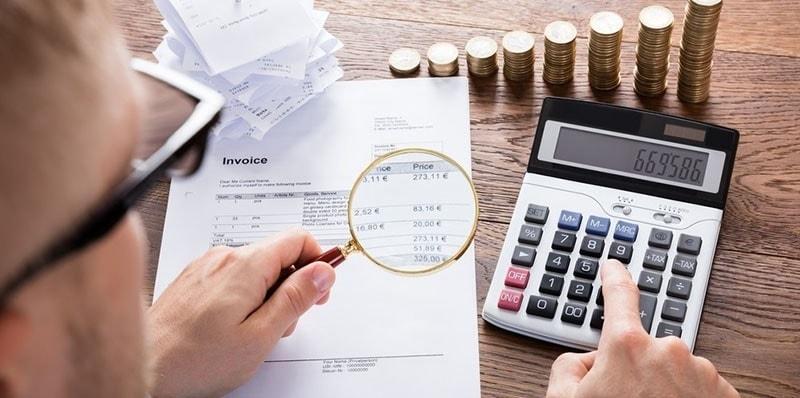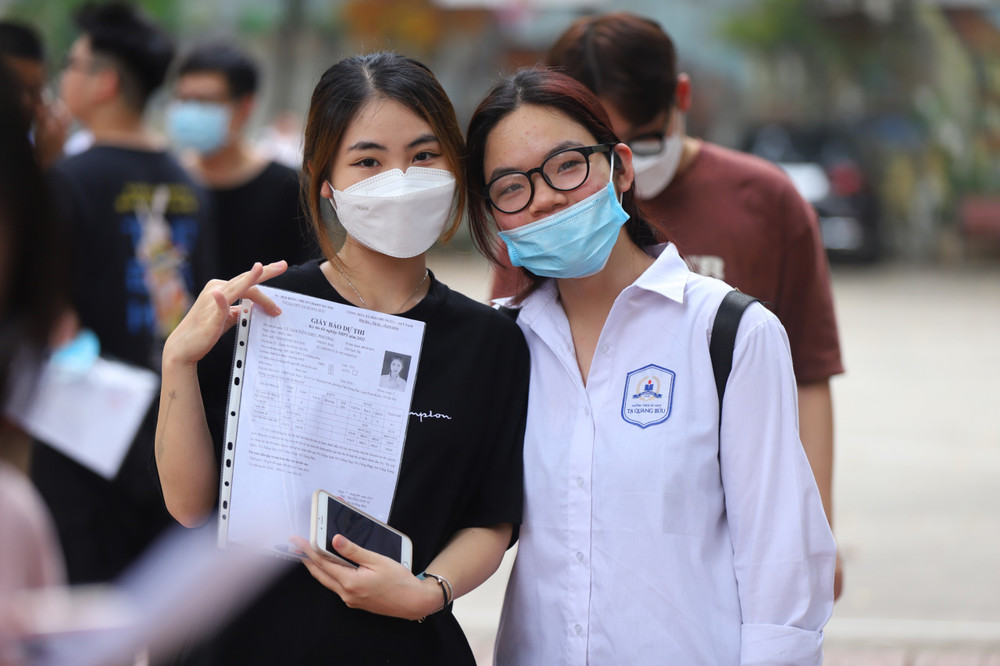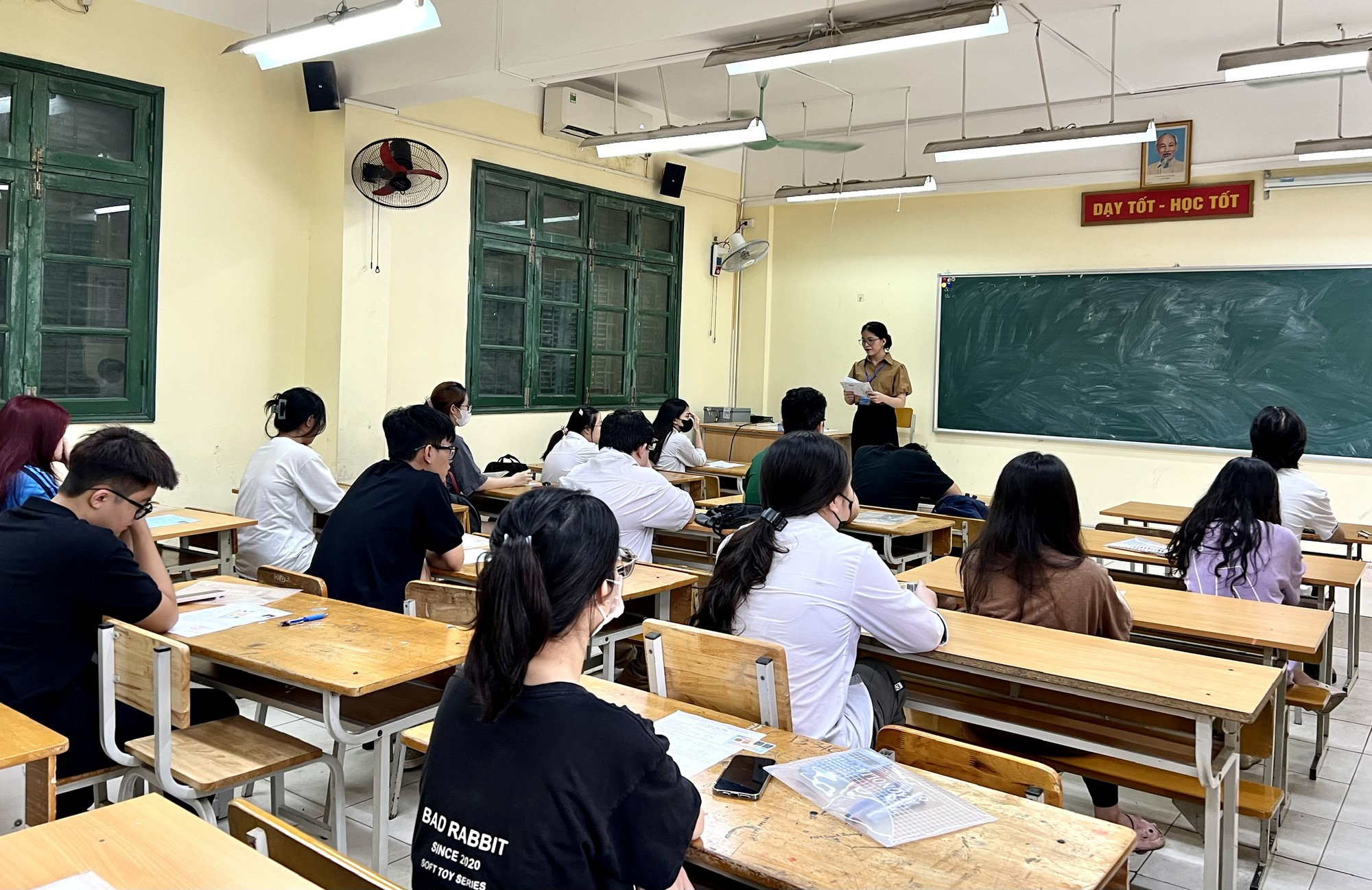Applying income approach methods to intangible assets from July 1, 2024 in Vietnam
Recently, the Minister of Finance of Vietnam promulgated the Vietnamese Valuation Standard on the valuation of intangible assets.

Applying income approach methods to intangible assets from July 1, 2024 in Vietnam (Image from the internet)
Regarding this matter, LawNet provides the following clarification:
On May 16, 2024, the Minister of Finance of Vietnam issued Circular 37/2024/TT-BTC on Vietnamese Valuation Standards for intangible assets valuation.
1. What is an intangible asset in Vietnam?
According to Clause 1, Article 3 of the Vietnamese Valuation Standards for intangible assets valuation, issued along with Circular 37/2024/TT-BTC, intangible assets are defined as follows:
An intangible asset is an asset without a physical form but capable of generating rights and economic benefits, which are self-evident through economic characteristics. Intangible assets do not include cash.
2. Applying income approach methods to intangible assets from July 1, 2024 in Vietnam in Vietnam
The application of income approach methods for intangible assets is prescribed in Article 6 of the Vietnamese Valuation Standards for intangible assets valuation, issued along with Circular 37/2024/TT-BTC as follows:
- The income approach includes methods such as the intangible asset usage fee method, the excess earnings method, and the incremental income method.
- When applying the income approach methods, a sensitivity analysis should be considered to assess and analyze the change in valuation results due to variations in certain parameters for each valuation case.
- The application of the income approach in intangible asset valuation is carried out according to the standards outlined in this valuation standard. In cases not specified in this standard, other Vietnamese valuation standards will be followed.
3. Income streams in the income approach for intangible assets from July 1, 2024 in Vietnam
According to Article 7 of the Vietnamese Valuation Standards for intangible assets valuation, issued along with Circular 37/2024/TT-BTC, income streams are defined as follows:
- The income approach determines the value of intangible assets through the present value of income, cash flows, and cost savings generated by the intangible assets.
- Intangible assets can generate income streams through their use, ownership (e.g., through collecting fees for using the intangible assets), or restriction of use.
- When conducting intangible asset valuation, depending on the valuation purpose, one can analyze: the income stream from using the intangible asset by the user, the income stream from collecting fees for using the intangible asset by the owner, or both income streams.
4. Discount rate in the income approach for intangible assets in vietnam
- The discount rate in the income method should reflect the time value of money and the risks associated with future income from the intangible asset under valuation.
- The discount rate is estimated using market information from similar intangible assets and could be the average return rate of that type of asset in the market.
- The discount rate for cash flows generated by the intangible asset under valuation is usually higher than the weighted average cost of capital (WACC) (due to the higher risks involved) and lower than the internal rate of return (IRR). For intangible assets accounting for a majority value of the enterprise utilizing them, the enterprise’s WACC can be considered as the discount rate.
(Article 8 of the Vietnamese Valuation Standards for intangible assets valuation, issued along with Circular 37/2024/TT-BTC)
Nguyen Ngoc Que Anh
- Key word:
- intangible asset
- income approach method
- Vietnam
- Guidelines for maintenance and renovation of villas in Ho Chi Minh City
- Guidelines for maintenance and renovation of villas in Ho Chi Minh City
- Resolution 190: Principles for addressing certain issues related to the organization and arrangement of state apparatus in Vietnam
- Guidance on identifying cases of inaccurate or non-operational electricity meters in Vietnam
- Official Telegram 16: Urgent requirement to allocate the entire state budget investment plan in 2025 in Vietnam
- Prime Minister of Vietnam directs to accelerate allocation and disbursement of public investment capital in 2025 in Vietnam
-

- Procedures for high school admission in Vietnam
- 14:25, 21/02/2025
-

- Resolution 190: Principles for addressing certain ...
- 11:30, 21/02/2025
-

- Guidance on identifying cases of inaccurate or ...
- 11:00, 21/02/2025
-

- Official Telegram 16: Urgent requirement to allocate ...
- 08:00, 21/02/2025
-

- Circular 04/2025 stipulating on the quality assessment ...
- 18:41, 20/02/2025
-

- Guidelines for maintenance and renovation of villas ...
- 14:30, 21/02/2025
-

- Guidelines for maintenance and renovation of villas ...
- 14:30, 21/02/2025
-

- Procedures for high school admission in Vietnam
- 14:25, 21/02/2025
-

- Resolution 190: Principles for addressing certain ...
- 11:30, 21/02/2025
-

- Guidance on identifying cases of inaccurate or ...
- 11:00, 21/02/2025
 Article table of contents
Article table of contents
